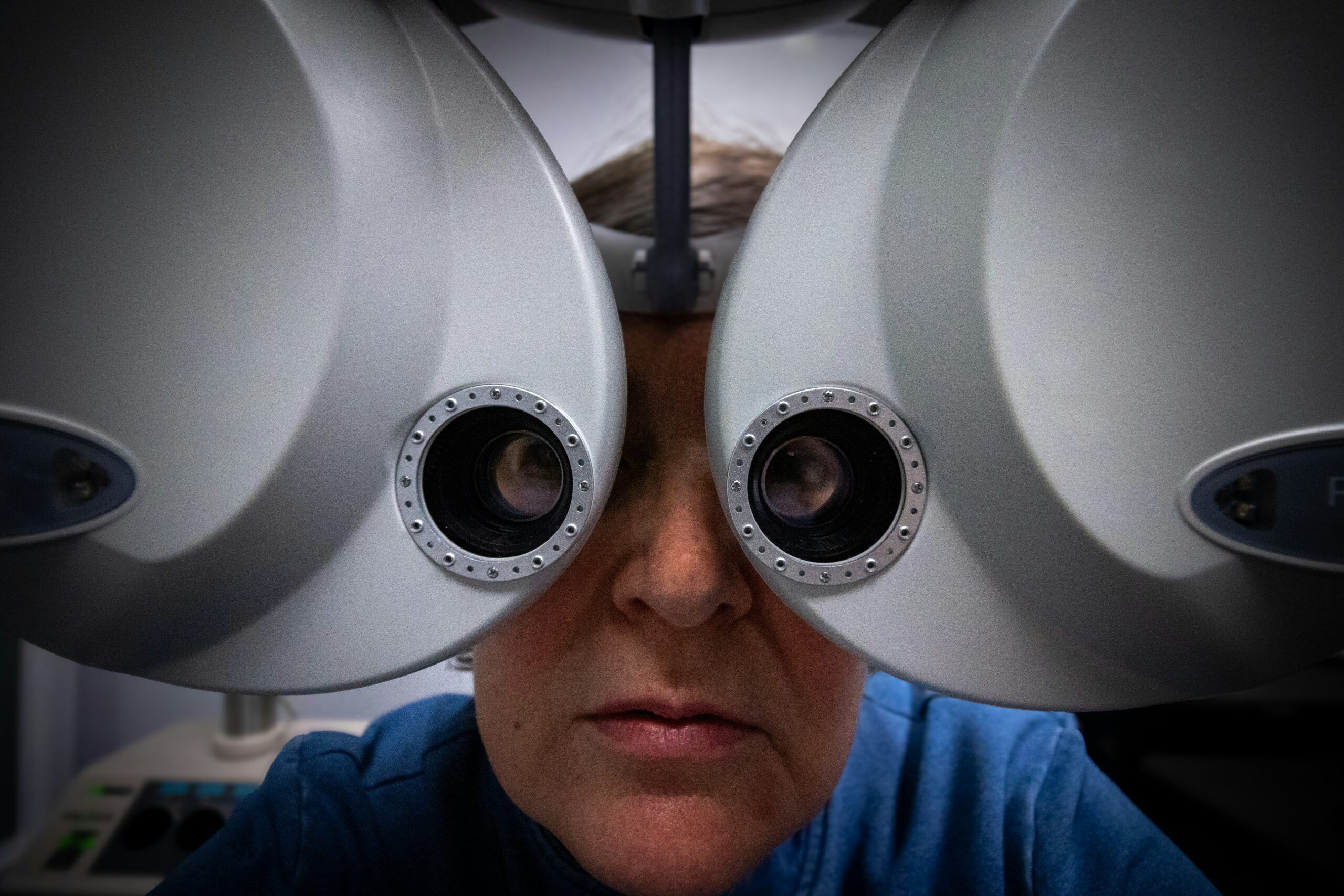
Glaucoma remains one of the most challenging eye diseases, silently threatening vision for millions worldwide. Characterized by damage to the optic nerve, often due to elevated intraocular pressure, glaucoma can lead to irreversible blindness if left untreated. Over the past decade, advances in surgery have transformed how specialists approach this condition. These innovations aim to reduce complications, improve precision, and accelerate patient recovery. The latest techniques in glaucoma surgery demonstrate a remarkable shift toward minimally invasive, patient-friendly procedures that offer both safety and effectiveness.
The Evolution of Glaucoma Surgery
Traditionally, glaucoma surgery relied on methods such as trabeculectomy and tube shunt implantation. While effective, these procedures carried significant risks, including infection and scarring. Surgeons and researchers sought safer alternatives that could lower pressure while preserving eye structure. The evolution of glaucoma surgery reflects a broader movement in medicine toward personalized, less traumatic approaches. Advances in microsurgical tools, imaging technologies, and biomaterials have given ophthalmologists greater control and precision. As a result, patients now have access to procedures that not only manage pressure but also improve their overall quality of life.
Minimally Invasive Glaucoma Surgery (MIGS)
One of the most significant breakthroughs in recent years is the rise of Minimally Invasive Glaucoma Surgery (MIGS). These procedures revolutionize traditional surgery by using microscopic devices and tiny incisions. The goal is to improve fluid drainage from the eye without causing significant structural damage. Surgeons can perform MIGS alongside cataract surgery, making it an appealing option for patients with both conditions. What sets MIGS apart is its balance of safety and efficiency. Patients typically experience less discomfort, faster healing, and fewer complications. This innovation represents a significant leap forward in making glaucoma management more accessible and less intimidating for patients.
Laser-Assisted Techniques
Laser technology continues to play a crucial role in glaucoma treatment. Selective Laser Trabeculoplasty, or SLT, has become a preferred first-line or adjunctive therapy for reducing intraocular pressure. Instead of removing tissue, SLT gently stimulates the drainage pathways within the eye to improve outflow. It offers the benefits of repeatability and minimal recovery time. Another laser approach, MicroPulse Laser Therapy, delivers energy in short bursts to reduce tissue damage while achieving similar results. These laser-assisted techniques give doctors greater flexibility to customize care for individual patients, ensuring a treatment that aligns with the severity and type of glaucoma.
Drainage Devices and Stents
Beyond lasers, implantable devices have also transformed glaucoma care. Modern drainage implants, such as microstents, help create new channels for fluid to leave the eye. Devices like the iStent, Hydrus Microstent, and Xen Gel Stent exemplify how far surgical innovation has come. Each device serves the same goal—lowering intraocular pressure—but uses different mechanisms to achieve it. These implants are tiny yet mighty, requiring minimal surgical time and promoting quicker recovery. For many patients, these devices have reduced the need for long-term medication or additional surgeries. The precision and customization offered by these implants underscore the shift toward safer and more sustainable glaucoma solutions.
Image-Guided and Robotic-Assisted Surgery
Recent progress in digital technology has led to the development of image-guided and robotic-assisted systems. Surgeons now use real-time imaging to visualize the eye’s internal structures with unprecedented clarity. This technology enhances precision during surgery and reduces the margin for error. Robotic systems assist in the placement of microdevices, ensuring consistent accuracy even in complex cases. These advancements not only improve outcomes but also allow surgeons to operate with greater confidence and efficiency. As imaging and robotics continue to evolve, they promise to make glaucoma surgery even more precise, predictable, and personalized.
Regenerative and Gene-Based Approaches
Beyond mechanical innovations, researchers are exploring biological solutions to combat glaucoma. Regenerative medicine seeks to repair or replace damaged optic nerve cells through stem cell therapy. Scientists are also investigating gene-based treatments that target the root causes of glaucoma rather than just its symptoms. These experimental approaches hold immense promise for the future. By addressing the disease at the molecular level, such therapies could one day restore lost vision or prevent progression altogether. Although still in early stages, these breakthroughs mark the beginning of a new frontier in eye care that could redefine the meaning of glaucoma treatment.
Patient-Centered Outcomes and Future Prospects
As surgical techniques advance, the focus increasingly shifts toward patient-centered outcomes. Surgeons now prioritize not only pressure control but also visual function, comfort, and quality of life. The integration of artificial intelligence into preoperative planning enables better patient selection and more personalized strategies. Telemedicine also supports postoperative monitoring, ensuring continuous care and early detection of complications. Together, these developments create a more holistic approach to glaucoma management. The future of glaucoma surgery lies in combining technology, precision, and patient experience into a seamless continuum of care.
The landscape of glaucoma surgery has entered an exciting new phase defined by innovation and precision. From minimally invasive procedures and laser therapies to advanced imaging and gene research, every development aims to make treatment safer, faster, and more effective. These breakthroughs not only protect sight but also empower patients to face their diagnosis with hope and confidence. As science continues to push boundaries, the vision for glaucoma care becomes clearer than ever—a future where blindness from glaucoma can be prevented through intelligent, compassionate, and cutting-edge surgical solutions.